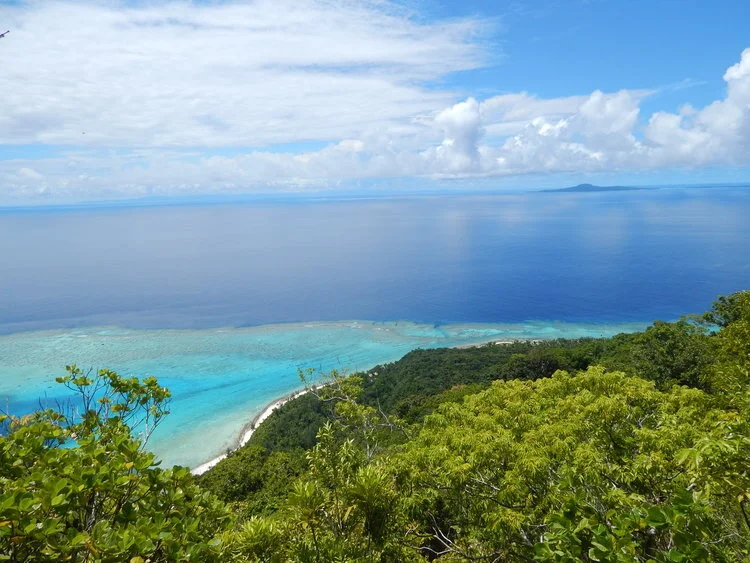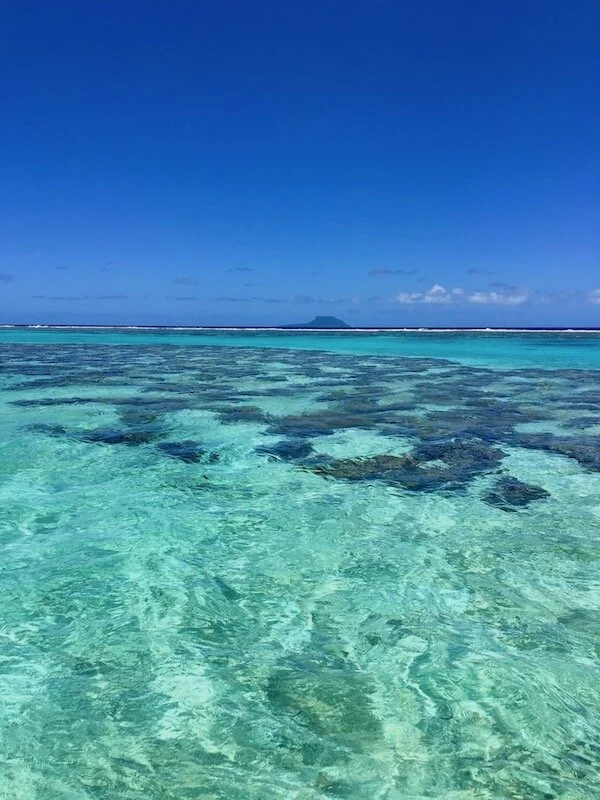A team of Fijian scientists from the University of the South Pacific Institute of Marine Resources under the Pacific-European Union Marine Partnership (PEUMP), Ministry of Fisheries and Vatuvara Foundation have completed a three-week survey in the remote islands of Fiji’s northern Lau group. Our goal was to study the world’s largest terrestrial invertebrate, the coconut crab (Birgus Latro) or known locally as Ugavule.
Read MoreCoral reefs are known to have the highest biodiversity of any ecosystem on the planet. The survival of coral reefs are vital for a healthy and safe ocean around the world, now more than ever, especially within the remote islands of Fiji’s Northern Lau group. This diverse ecosystem acts as nurseries for most fish species consumed by local communities and protects coastlines against intense wave energy from tsunamis and cyclones. With the growing concern of the future for our ocean, Vatuvara Foundation is committed to conserving and reviving the health of our ocean in Northern Lau through partnerships, community engagement and innovative solutions..
Read MoreThe International Day of Women and Girls in Science recognises the critical role of women and girls in science and technology. In the Pacific and around the world, female contributions are making an impact to scientific knowledge in homes, communities, and societies in their respective nations. In the spirit of this international day of recognition this post celebrates women in science, students of the modern and traditional scientific method, that ought to uplift, empower and inspire young girls to be bold, take the lead and pursue their passion in the world of science.
Read MoreA team of Fijian scientists from the Vatuvara Foundation and Wildlife Conservation Society (WCS) partnered together and embarked last year on an expedition to survey coral reefs in the remote islands of Fiji’s Northern Lau Group. The marine survey report has just come out detailing the results from this research initiative, and will be used to support efforts to preserve coral reef ecosystems and safeguard these unique waters.
Read MoreThis is the first time a full biological survey has ever been performed on this remote, almost untouched island in the South Pacific. The intriguing and fascinating results have redoubled the Vatuvara Foundation’s efforts to safeguard this lush wildlife haven.
Read MoreOn Fiji’s Independence Day, the 10th October 2017, the community of Yacata Island declared a part of their traditional fishing grounds a no-take marine protected area or tabu in Fijian.
Read MoreThe islands that make up the Lau Group have largely been unexplored. Local Fijian scientists from the Wildlife Conservation Society (WCS) and Vatuvara Foundation surveyed 35 sites on outer fringing reefs, reef flats, and lagoonal systems in the course of an 8-day expedition looking at five islands in the Northern Lau Group.
Read MoreMany of the islands we have explored in northern Lau remain much as they were during the days of Captain Cook’s early exploration – untouched and unparalleled in beauty.
Originally, the islands of the Lau Group were formed from a volcanic island arc along the Lau Ridge. Around 5.5 million years ago the active volcanoes that formed the islands underwent a period of subsidence and the Lau Ridge became covered by shallow water reef limestone. The geology of these islands now comprises both volcanic and reef-limestone rock.
Read MorePeriodic disturbances to coral reefs increase coral diversity by creating new space for new species to colonize. Shortly after a disturbance it is usually the “weedy” species like branching Pocillopora and Acropora species that come back first. Weedy species on reefs simply refers to fast growing corals that are quick to colonize a reef after a disturbance.
Read MoreLagoons have always fascinated me. The size, shape, and length of a lagoon – and the number of channels that connect inner lagoonal waters with the open ocean – influence the types of coral communities that form within. Because of the amount of sand in the lagoon that sits between the two islands of Kaibu and Yacata in northern Lau Group, I had fairly minimal expectations about what I might see.
Read MoreColourful corals cover steep and gentle sloping reefs. Vibrant giant clams sit embedded along the reef flats. Curious reef sharks cruise along the edge of the reef while juvenile parrotfish weave through branching coral colonies. Turtles make swift escapes and a school of barracuda hover over the deep. All with a visibility of 40+ metres.
Read MoreA team of made up of fish and coral experts recently set off for the untouched waters and lush limestone islands of the Northern Lau Group. Vatuvara Private Islands and the Vatuvara Foundation have partnered with WCS (Wildlife Conservation Society) to conduct marine baseline surveys assessing the health of diverse coral reefs 12 months after the Category 5 Cyclone Winston passed through Fiji and caused wide-scale damage.
Read More












